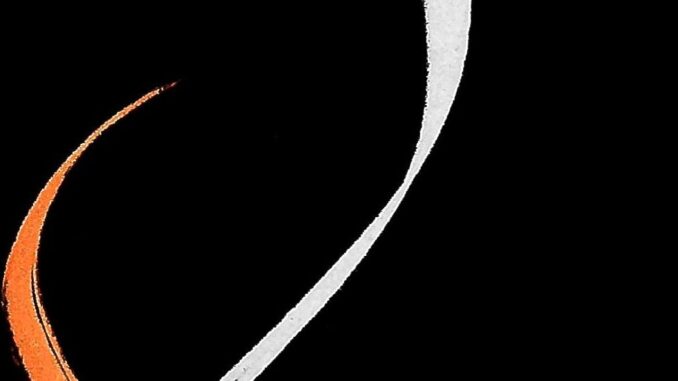
Vada Pav & The Vitruvian Architecture of Leonardo da Vinci by H Masud Taj
I thought of vada pav while purveying the audience in the newly minted auditorium of Carleton University’s Health Sciences building, which had gathered to hear my talk on Vitruvian Man as a Renaissance Selfie with the giant screen displaying Leonardo da Vinci’s self-portrait occupying both the circle and the square, a time-lapse image predating cubism.
![]()
More precisely, I recollected crossing the street from Flora Fountain, dodging traffic, repelled by exhaust fumes but drawn to the spicy aroma wafting from C T O Vadapav at the heart of Mumbai.
The vada pav is an architect’s gastronomical delight as it is the conjunction of the cubical sliced bread with the sphere of mashed potato patties mixed with chopped onion, green chillies, coriander, and spices, dipped in chickpea batter and fried, slathered with tart tamarind and fragrant green chutney of chilli and coriander and the tongue-tickling theekha red ghati masala made of Byadagi chillies and sandwiched in the pav, served, with a pair of green Lavangi chillies with their hint of tanginess and sweetness, on a square cutout of yesterday’s newspaper. The piquant aroma floods your nostrils before your teeth sink into the trifecta of sweet, sour and spicy flavour notes, and you get the delectable taste of amchi Mumbai, never to be forgotten.
The vada pav was an appetizer for the main course to follow. While still munching, feasting on food, I would turn the corner to pick-up food-for-thought remaindered and second-hand discounted books displayed on the fence and sidewalk on the way to Churchgate station, for my in-train reading heading home.
The memory of steaming hot Vada Pav from Mumbai can salivate the mouth in snow-laden Ottawa—the perfect antidote to the mouth going dry before a talk. There was a good turnout as CBC had previewed the talk on a Renaissance Selfie, intrigued by a professor who had never taken one as he preferred to live without a cell phone.
The most famous diagram in the world by the vegetarian Leonardo da Vinci and the lionized Vada Pav are both based on a square and a circle. Furthermore, the relationship between the two figures in both cases is the same: the centres of the square and the circle do not coincide as the circle is tangent to one edge of the square and emerges out from the other side(s) as does the vada encased in the pav. The off-centeredness is for reasons to do with down-to-earthiness in one case and cosmic in the other.
![]()
In Leonardo Da Vinci’s Vitruvian Man diagram, the centre of the square is at his groin, while the circle’s centre coincides with his navel. The square represents charting the Earth’s four corners, while the circle represents heaven. Hence while he stands on the ground, he is aloft spreadeagle in the air to occupy the circle. The upward move is also a shift from the square’s centre of Earth’s sensuous fecundity to the circle’s centre of the heavenly umbilical cord; the trace of the body being birthed bearing witness to the miracle of creation.
In the Vada Pav, the square bun is hinged on one side, displacing the spherical Vada off-centre as it bulges out of the pav cuboid, enticing you to come for the ride.
With your first bite, your gustatory and olfactory ascension heavenwards begins.
![]()
Author’s note: My friend Claudio Sgarbi Giacomo has argued that Andrea da Ferrara, Leonardo Da Vinci's close associate, deserves credit for initiating the diagram with his many iterations preceding Leonardo’s single and singular pristine version. The above Vitruvian Vada Pav as well as the Vada Pav Poem calligraphic plates, can be downloaded from Academia: Calligraphy. The talk Vitruvian Man as a Renaissance Selfie was delivered during Carleton University’s year-long Leonardo da Vinci Cinquecento Celebration as part of a trifecta I presented, opening with Leonardo da Vinci: from Bagdad to Bayazid (a Faculty of Public Affairs Research / Islamic History Month event) and ending with Leonardo da Vinci's Mirror Writing as part of the inaugural SmarTalk at the Cinquecento finale. See: Academia: Talks. This essay is the second in a series on Gastronomical Architecture after Jalebi & The Knot of Sacred Architecture that was reviewed by The Hindu
Architect-Poet-Calligrapher H Masud Taj is the son, husband and father of culinary artists.
This author in The Beacon.

Leave a Reply